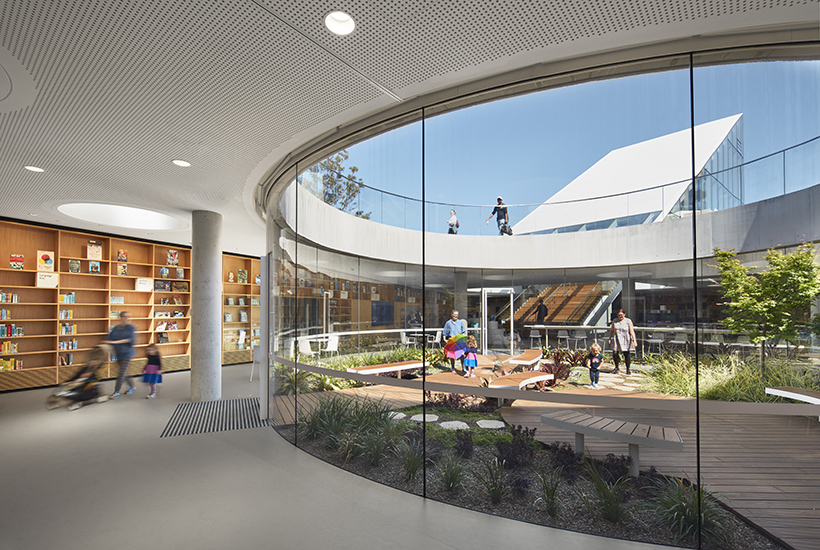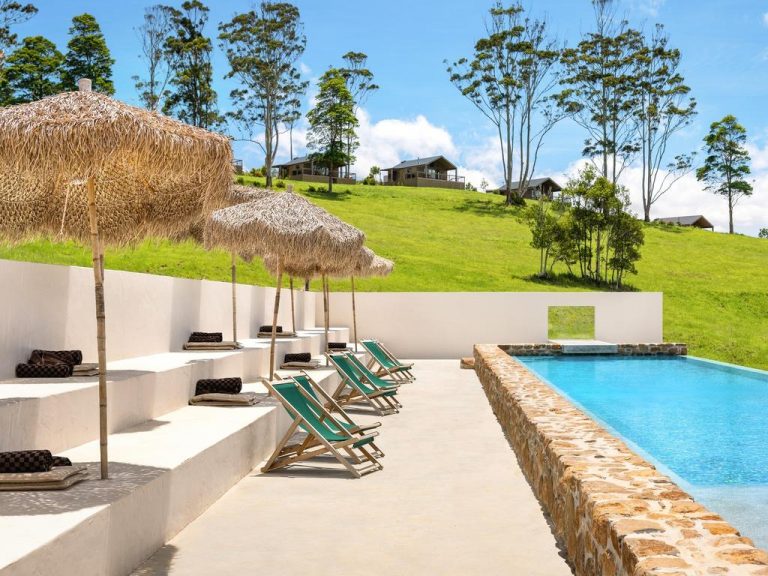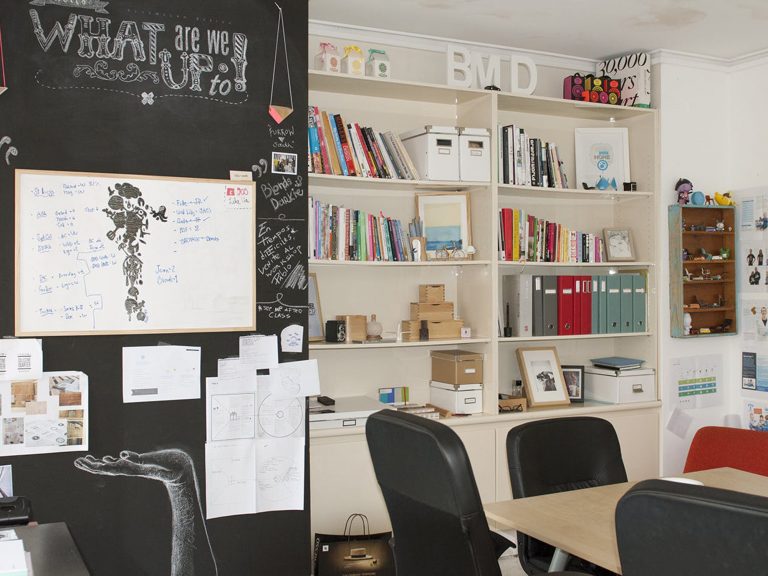Going Green in your Commercial Building

‘Green’ buildings are hot property on the commercial market as businesses make the move towards becoming more sustainable.
As more people try to lead environmentally conscious lives at home by being more energy efficient, cutting down on waste and reducing their carbon footprint, there’s a push for the same moves to be made in a commercial setting.
Here’s why going green is the way forward in the commercial property industry.
‘Going green’ makes commercial sense
Going green isn’t just good for the environment, it’s also been proven to be good for business.
Greater energy and water efficiency means reduced bills and costs, but environmentally friendly buildings also
Recent research from finance firm MSCI revealed that buildings with better National Australian Built Environment Rating System (NABERS) ratings financially outperformed those with lower ratings, delivering increased annualised returns.

A new hotel at 430 Pitt St will feature a sloping green facade. Pictures: BVN/IHG.
NABERS is a six star scale that rates factors such as energy efficiency, water usage, waste management, indoor environment quality and the building’s impact on the environment as a whole.
According to Emma McMahon, National Director of Sustainability at CBRE, the cost of designing your commercial building to be as sustainable as possible is essentially on par with a traditional build.
“The cost to design in line with best practice Green Star principles is no longer an inhibiting factor like it was 10 years ago, with a marginal difference, if any, between a ‘green’ vs non-green design,” she says.
Tenant expectations are changing
McMahon says that a good energy rating isn’t just a bonus for tenants anymore – it’s something they have come to expect from commercial properties.
She adds that millennial workers – who are expected to make up 75% of the workplace by 2025 – are pushing for organisations to be more environmentally responsible.
“There’s a greater understanding of the link between a more sustainable building and a greater amenity or experience in the workplace – better air quality, less hot/cold complaints, great end of trip facilities, and better food and beverage offerings with healthy food choices,” McMahon explains.
“There’s also an increase in demand for sustainability by millennials in the workplace who are more engaged in philanthropic causes and wish to work for an environmentally responsible organisation.”

Environmentally friendly design features are increasingly expected in new commercial buildings.
Where to start?
While a focus on design and development is required to make your commercial property as green as possible, there are less drastic ways to make changes if a major renovation is out of the question.
McMahon says organisations can make adjustments to prevent energy wastage as working arrangements become more flexible in the wake of COVID-19.
“Right now, with organisations’ hours of occupancy in a building shifting in line with a more flexible workplace policy, buildings are no longer occupied at 100% from 9am-5pm,” McMahon says.
“The demand for heating and cooling is being extended outside of these traditional working hours as staff decide to come to the office earlier and leave earlier, for example. The varying occupancy density can make it challenging to manage the building efficiently.
“It’s important for landlords and managing agents to have those conversations with their tenants to understand how COVID has impacted their occupancy density within their tenancy, how this deviates from agreed lease terms, and therefore better manage heating and cooling demands on that floor to ensure minimal energy wastage, where possible.”
For more significant changes, grants and funding are sometimes available from state government bodies under sustainability initiatives.







